Informal ‘desire paths‘ can form with as few as fifteen traversals of an unpaved route, creating spontaneous new trails shaped by pedestrians effectively voting with their feet. These paths frequently become self-reinforcing: others intuit the potential advantages of a newly-forming route and follow it, thus eroding it further and enhancing its visibility.
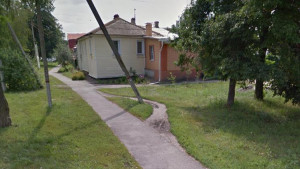
Such unstructured routes can develop for all kinds of reasons. Some present obvious shortcuts or offer less-steep courses while others allow people to avoid alarmed exits or address regional superstitions.
Non-landscape analogs can be found in the forms of well-worn interior floors, sunken stone staircase steps or even the bruised sides of wooden doors, where people naturally press the same place each time to open them.
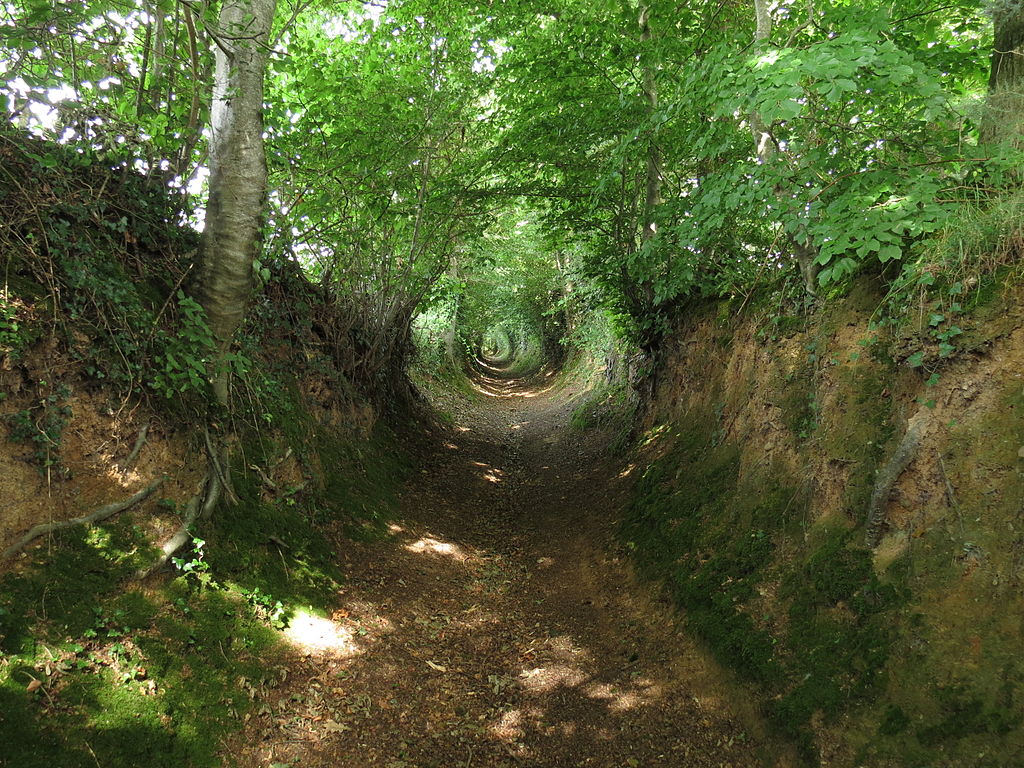
In Europe and the Middle East, ancient sunken lanes known as ‘holloways‘ (or: hollow ways) represent a particularly extreme expression of the desire path phenomenon. Many of these semi-subterranean routes have formed over hundreds or even thousands of years, eventually appearing more like a tunnel than a pathway.
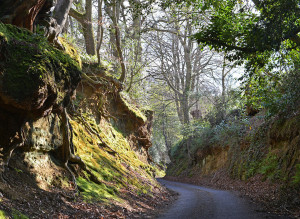
Holloways generally reflect a confluence of conditions, including heavier usage by vehicles, softer ground materials and high desirability (for instance: a major route between towns or cities).
In some cases they also reflect a greater degree of intentionality, starting organically then being manually carved out as irrigation channels or for use as trenches during times of war.
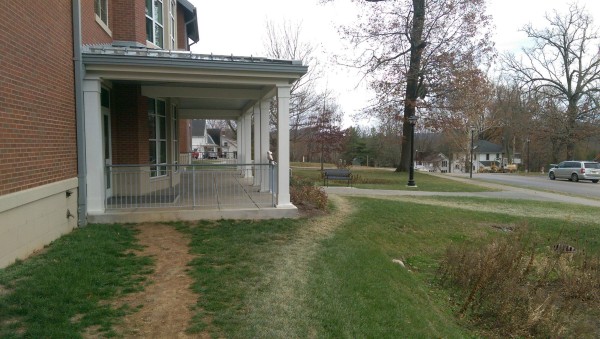
Attempts to curb the use of more everyday desire paths through signage or physical barriers can have mixed results, including the creation of new and different alternatives, equally frustrating to those who would block their growth.
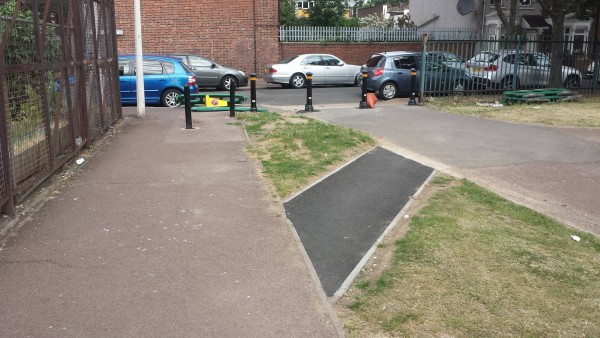
While these unsanctioned shortcuts can be frustrating to landscape designers, some urban planners look to them as they map out and pave new official paths, letting users lead the way.
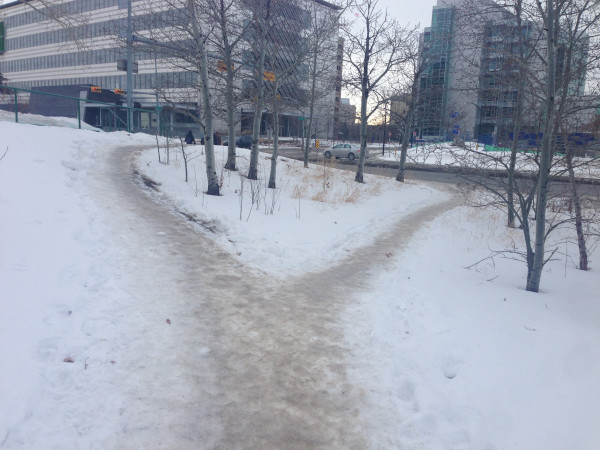
In Finland, for example, city officials document where people walk in parks after the first snowfall of the year, then integrate that data into their iterative trail system planning processes.
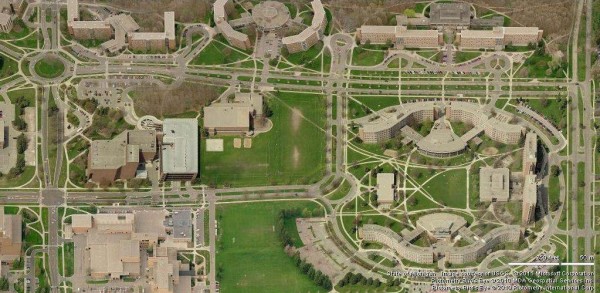
A number of educational institutions, including Virginia Tech and the University of California, Berkeley, have reportedly waited to see which routes students, faculty and staff would take regularly before deciding where to pave additional pathways across their campuses.
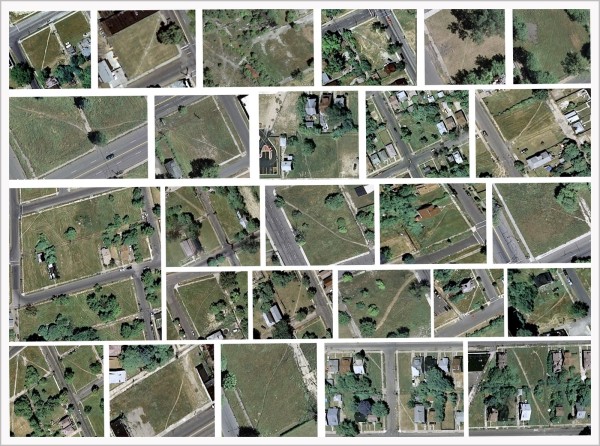
General principles for path design can also be reverse-engineered from the specific case studies. These can, in turn, be applied to future from-scratch projects at larger scales, from cross-city trail networks to public transportation infrastructure.
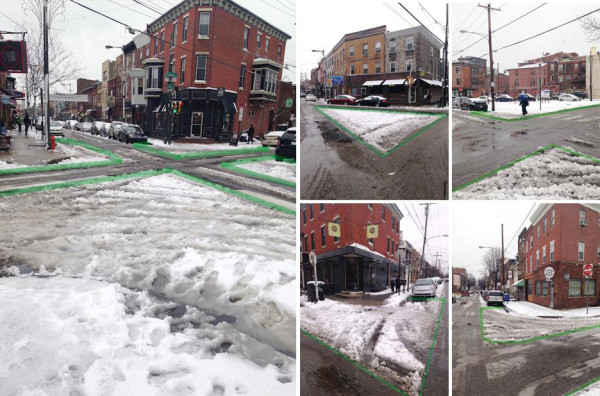
A similar strategy has been proposed for analyzing ‘sneckdowns‘ (a portmanteau of ‘snowy’ and ‘neckdowns’) that show up in post-snowfall driving patterns on wintry city streets. In this case, though the results still serve those on foot, it is the absence of (vehicular) traffic and not the presence of (foot) traffic that can show new ways forward
Highlighting areas of snow-covered road left untouched by cars reveals ideal places for potential for traffic-calming interventions, curb bump-outs and pedestrian islands. The reasoning is straightforward: if the cars do not need the space in winter, they should not need it at all.
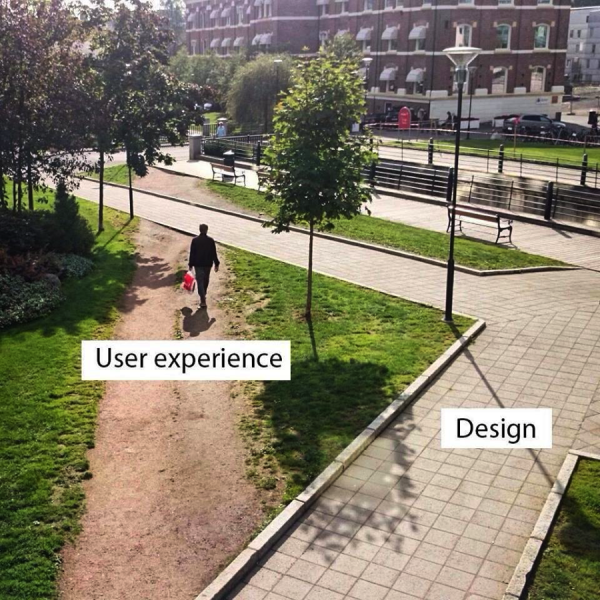
The appeal of desire paths has taken a further twist in the digital age as human-computer interaction and usability designers have begun adopting the language of these intuitive routes.
Many experts call for approaches that “pave the cowpaths,” supporting what users are already doing. Hashtags and at-signs were not introduced by Twitter initially; their current functional behavior instead grew out of community uses, inspired by IRC (Internet Relay Chat) then eventually incorporated more officially as organizational devices.
Digital strategists are thus following the footsteps of their physical-space compatriots. “This perfect expression of natural purpose can extend into other interactions in the real world and in the software world,” writes usability engineer Carl Myhill of desire paths. “Rather than trying to understand user needs from a focus group, being alert for desire lines will show you users’ actual purpose more directly.”



Comments (18)
Share
Is there a link to download the episode somewhere? not everybody wants to stream!
This isn’t an episode, just a really interesting article :)
From Facebook: “Kurt explores “desire paths” and what they can teach us about usability design. This is the most requested story we’ve ever been asked to cover, but I never thought it quite worked on radio and couldn’t sustain a whole episode (plus, the pictures really sell it), so this is one of the key reasons for the new website: non-audio articles. Our first!”
Why isn’t there an episode about?!
Welcome to my world. I work for the Forest Service and in recreation we deal with “pirate trails” as we sometimes call them. The only problem with these trails is when a few thousand or more hikers or ATV users continue to use the pirate trails instead of the main trail or cutting switchbacks. The main trails are made to a specification to ensure sustainability of the trail, these pirate trails are usually not sustainable (too steep or over already eroding terrain). However, I am guilty of taking shortcuts across grassy areas in urban areas though, sometimes landscape architects just don’t get it! I don’t to walk in a straight line along your beautifully manicured path.
I’m a mountain biker who volunteers on trailbuilding with the Fellowship of the Wheel in Vermont. Pirate trails and muddy go-arounds are annoying and, as you mention, unsustainable.
My “favorite” pirate/desire trails are when riders cut corners in tight singletrack to make trail straighter. I think they are unsure as to what mountain biking is for…
I’m familiar with a similar, yet distinct, situation from the suburban area where I grew up. Whereas this article describes paths that deviate from existing sidewalks, my hometown usually had NO sidewalks and working-class, non-car-owning people had to walk miles along the grassy margins of six-lane highways. The paths developed as a tangible sign of inequality! Both types of paths involve eroded dirt paths, and urban designers should pay attention to both, but they originated from different circumstances.
Heh. I didn’t know these paths had a name (“desire paths”), so I invented a variety of my own: “dirtwalks”, “erodeways”, “hike lanes”, “proletariat sidewalks”, “working class-phalt”.
I’ve been noticing these since College, nice to see that planners are starting to take it into effect when updating an area.
In my trail-building days, we called these “herd-paths”. Interesting to hear all the other terms for them :)
My father in the 80’s worked in school’s building and grounds supervisor. I forget if it was his school or another school but they purposely did not put in any paths the first year. They waited until the kids walked the way were going to walk and put them in the next yer.
I find this kind of thing really heart-warming for some reason.
Thanks 99pi!
As a security designer and practitioner of CPTED (Crime Prevention Though Environmental Design), there are issues with “informal pathways” as they sometimes will expose the pedestrian to undesirable conditions such as concealed spaces, dark paths etc. In this sense, they are often at odds with good design; but if considered DURING the design process and equipped with the appropriate design features, they contribute to the safety of the pedestrians.
Thanks so much for this article! I read it a while back and more and more I’m noticing these desire paths throughout my city. :) One was a shortcut between an oddly shaped curve on a walking/biking path. I’ve noticed that there is gravel on it, though the gravel is half -sunk in the dirt. It would be nice if they paved it, but it seems that they are at least maintaining it a little bit with gravel so that it doesn’t become too muddy.
People in the Netherlands started to become interested in this topic a couple of years ago. There they’re called ‘elephant paths’ (olifantenpaadjes). Following the release of a book, Olifantenpaadjes by Jan-Dirk van der Burg, people all over the country started documenting them on dedicated blogs. I personally prefer the cute Dutch name as well.
Kurt,
I took this idea a bit further and looked at desire paths/desire lines as they pertain to specific technology on the web:
https://blog.fullstory.com/paving-the-desire-paths-24aa3b002a6a
(also, per your thoughts on digital/user experience and cowpaths, the co. I work at developed a product that specifically gets at this)
I was working at a small college in South Central Pennsylvania in 1974. Several new dorms were built and we waited a year to see where the desire paths were before we poured the concrete walkways. I was surprised that the desire paths weren’t straight lines!
I first became fascinated by this phenomenon when the development of Darling Harbour in Sydney was completed in the mid-1980s. There was a logical flow to the walkways around the convention centres and gardens etc, but there was also a huge water feature that was designed to be like a flowing river that cut a semicircular swathe through the natural course that pedestrians would take across the interconnected plazas and grassed areas. When confronted by the water feature, I would, along with many other walkers, step across the concrete walls that had been set up as quasi-rapids in the stream, to get to the other side. This climbing over became so common that people would get stuck halfway and I once saw a mother and child in a pram calling for help from mid-stream. When Prince Charles and Princess Diana visited to open Darling Harbour the management team did the only logical thing – they built a wooden footbridge across the water feature.
Desire path in 3, 2, 1…
https://imgur.com/0mf7dEf
(new sidewalk in downtown Austin, TX)
The link to my paper is an old one. This one works http://www.userexperiencedesign.co.uk/articles/commercial_success_by_looking_for_desire_lines.pdf
Excellent article!